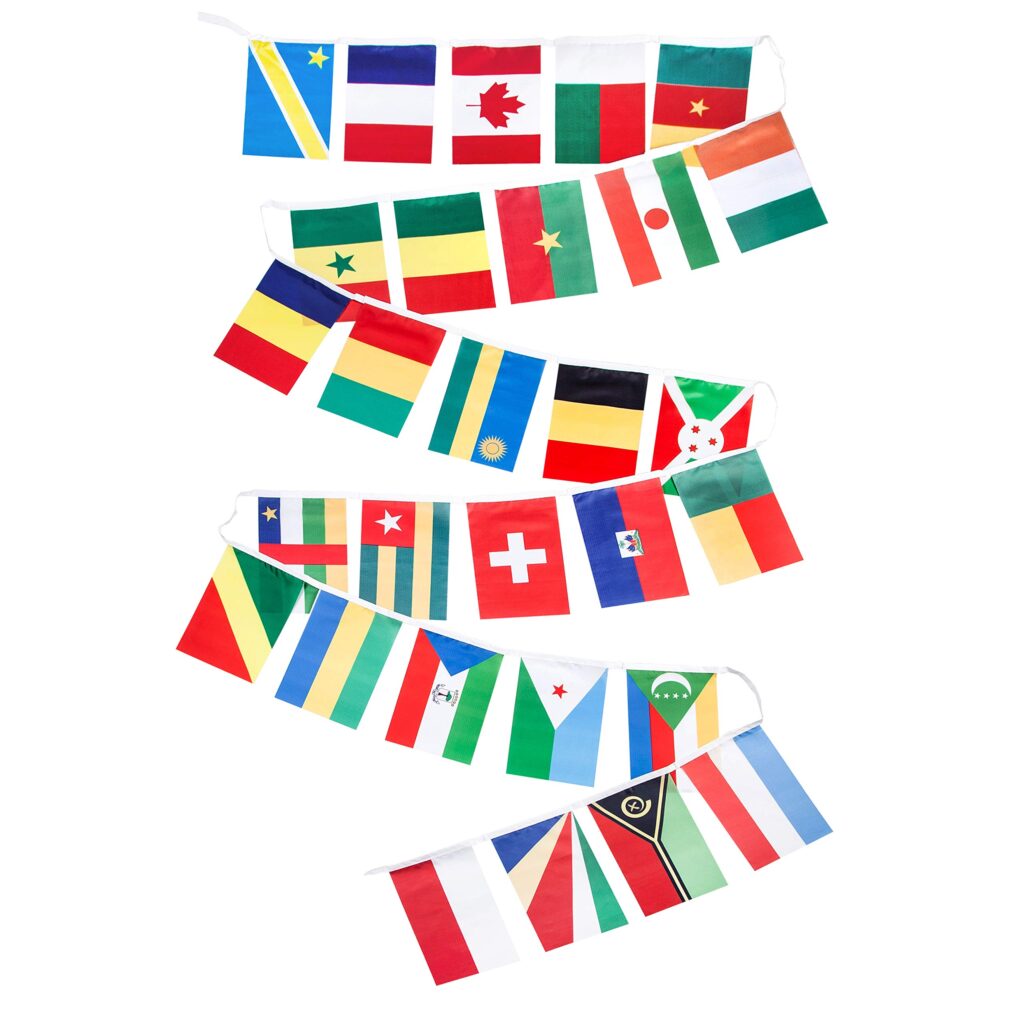Translating manuals from Spanish to English is very important in today’s global world. Many industries, such as business, education, and technology, rely on clear communication. Manuals help people learn how to use products or understand processes. Therefore, translating them into English allows companies to reach more people and expand their markets. This article explains the importance of translating manuals, the challenges involved, and the benefits of professional translation services.
Why Are Manual Translations Important?
Translation of manuals from Spanish to English require special skills. Translators must know technical terms and understand the subject of the manual. For example, accurate translations help companies connect with international customers. In addition, providing manuals in English makes products easier to use for people worldwide. This improves customer satisfaction and reduces mistakes.
Moreover, many countries require manuals to be translated into their official language. For instance, companies selling products in English-speaking regions often need English versions of their manuals to comply with local laws.
Furthermore, translating manuals promotes cultural exchange. Manuals sometimes include historical or cultural information about a product or region. Translating this content helps share knowledge and build global cooperation.
Finally, translating manuals into English makes educational materials available to more people. Spanish is one of the most widely spoken languages in the world. Many valuable books and scientific papers are written in Spanish. By translating them into English—the global language—students everywhere can benefit from this knowledge.

Common Challenges in Manual Translation
Translating manuals is not easy. Here are some common challenges:
- Specialized Vocabulary
Manuals often use technical terms specific to fields like medicine or engineering. Therefore, translators must understand these terms to ensure accuracy. Otherwise, incorrect translations can cause confusion or even safety risks. - Sentence Structure
Spanish sentences are often longer and more complex than English ones. Thus, translators need to simplify these sentences while keeping their meaning clear. - Cultural Differences
Some phrases in Spanish do not have direct equivalents in English. Hence, translators must adapt these phrases to match the cultural context of the target audience. - Terminological Consistency
Large projects, such as translating educational manuals, require consistent use of terms throughout the text. For this reason, tools like Computer-Assisted Translation (CAT) software help maintain consistency. - Linguistic Precision
Manuals must be clear and easy for users to understand. Therefore, literal translations can lead to errors or confusion.
Benefits of Professional Translation Services (Translation of Manuals from Spanish to English)
Working with professional translators has many advantages:
- High Quality
Professional translators ensure that manuals are accurate and easy to read. They use tools like CAT software and specialized dictionaries to maintain consistency. - Confidentiality
Translation agencies protect sensitive information in documents, which is especially important for educational materials. - Time Savings
Professionals complete translations faster than individuals working alone. In addition, agencies often use advanced tools to speed up projects. - Expert Consultation
Translators work with experts when translating technical or scientific manuals. This ensures accuracy in difficult sections of the text.
Moreover, professional agencies also check translations multiple times before delivering them. Editors review grammar and style to prevent mistakes.
How Translators Overcome Challenges
Translators use several strategies to handle challenges:
- Understanding Cultural Contexts
They study both Spanish and English cultures to adapt content appropriately. - Using Reliable Resources
Dictionaries, glossaries, and style guides help ensure accuracy. - Simplifying Language
Translators rewrite complex sentences into clear and concise ones. - Collaborating with Experts
They consult specialists in fields like medicine or engineering for technical accuracy. - Staying Updated
Translators keep learning about new technologies and trends in their industry.
Conclusion
In conclusion, translating manuals from Spanish to English is essential for global communication. It requires strong language skills, technical knowledge, and cultural understanding. Professional translators play a key role in ensuring high-quality translations that meet the needs of international audiences. By using modern tools and working with experts, translators can overcome challenges and deliver accurate results quickly. Therefore, choosing experienced professionals ensures that your manuals are clear, consistent, and useful for readers worldwide. In today’s interconnected world, manual translations help businesses grow, improve education, and promote cultural exchange across borders.



